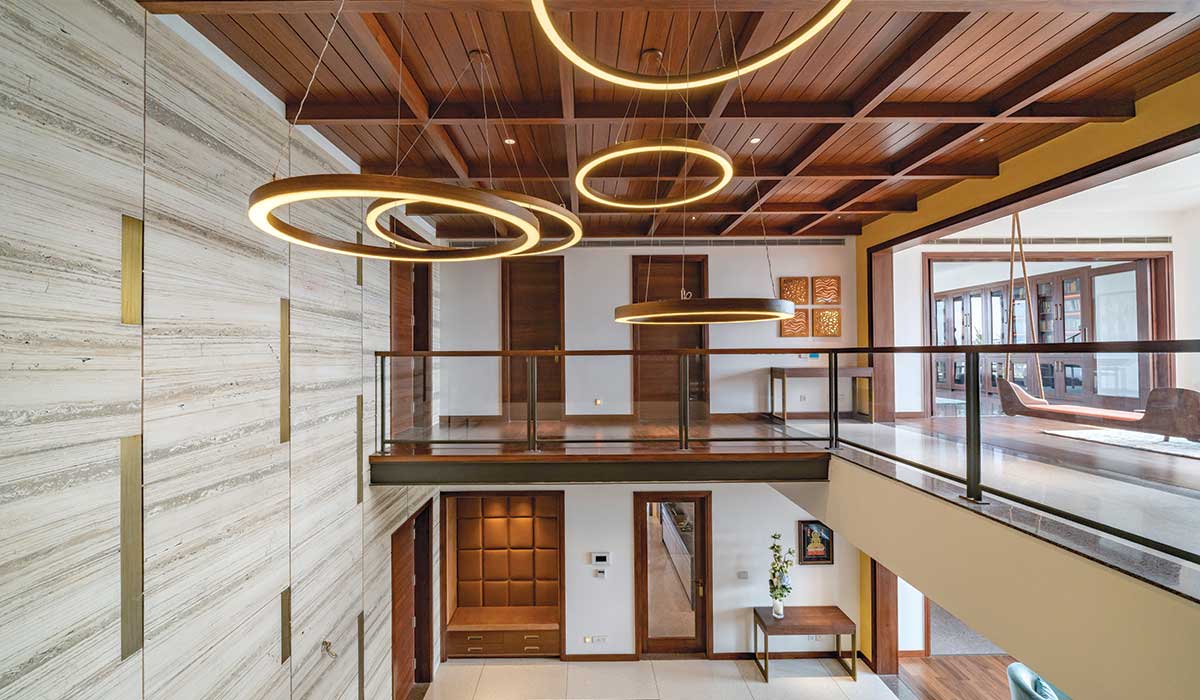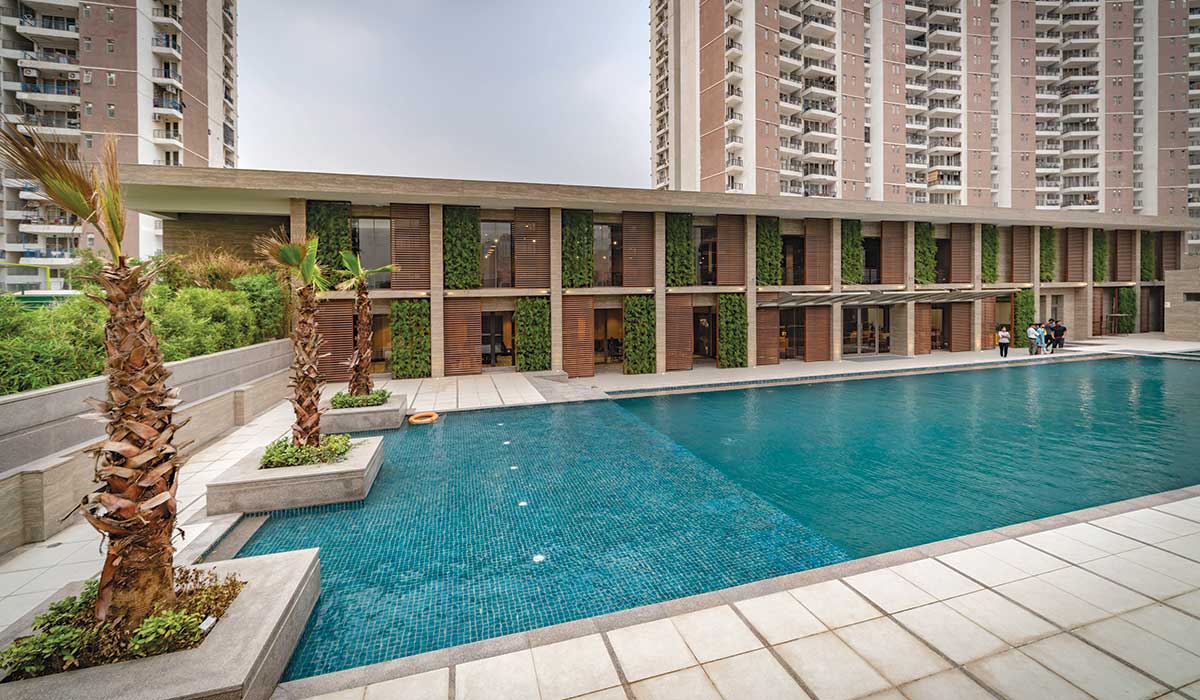
The architecture profession in India is evolving by integrating global trends and technological advancements. Architects are integrating green building practices and using advanced tools like BIM. They’re also designing for modern lifestyles, creating flexible spaces that cater to changing societal needs, reflecting a more holistic and innovative approach.

New opportunities in architecture stem from advancements in materials, construction techniques, and technologies. Architects are exploring innovative approaches such as parametric design, fluid design, 3D printing, and smart building systems to create more efficient and sustainable structures. There is also a growing trend towards adaptive reuse of existing buildings, offering new possibilities for sustainable design.
The interface between building materials, technology, engineering, and architecture is driving improvements in quality, speed, and sustainability in construction by enabling the use of advanced materials and techniques. Technologies such as automation, robotics, and prefabrication are streamlining construction processes, reducing waste, and increasing efficiency.

The future of architecture will likely be characterised by further integration of sustainable practices, advanced technologies like AI and 3D printing, and user-centric design. Buildings will be more responsive to their environments, utilising smart technologies for energy efficiency and environmental sustainability. Cultural influences will continue to play a significant role, leading to a rich diversity of architectural styles and approaches.















